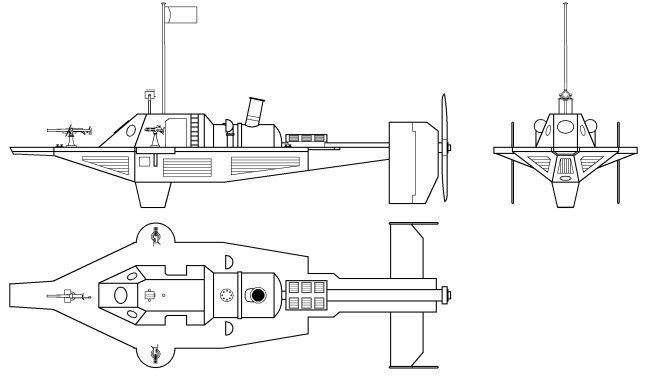


In 1924 Harald Plum bought the cannon and used it as a salute cannon on his private island Torø. This was one of two revolving cannons that were mounted in 1915 on the Danish cruiser corvette "Valkyrien" (1890-1923). The Nordenfelt system used a series of barrels (each with its own dedicated bolt) fixed in a. The field cannon version was accompanied by a horse-drawn ammunition limber, which held 110 rounds plus six loaded magazines, totaling 170 rounds The Swedish-designed Nordenfelt, of course, was one of the major contenders in rapid-fire military arms during the day of the manually-operated machine gun (see also, Union Repeating Gun, Hotchkiss Revolving Cannon, Gatling, Gardner, Lowell, etc). Besides the field gun version, several other versions of the 37mm Hotchkiss revolving cannon were in existence, notably versions for naval defense against torpedo boats as well as fortress versions firing shrapnel or canister for the defense of moats. Each feed magazine held 10 rounds and weighed approximately 18 pounds (8 kg). The revolving Hotchkiss cannon had five 37 mm barrels, and was capable of firing 43 rounds per minute with an accuracy range of 2,000 yards (1,800 m). It was designed to be light enough to travel with cavalry, and had an effective range beyond that of rifled small-arms.

either the Hotchkiss machine gun or the Puteaux 37mm with its telescopic sight. It was a built-up, rifled, rapid-fire gun of oil-tempered steel, having a rectangular breechblock which moved in a mortise cut completely through the jacket. Designs for a rotating gun turret date back to the late 18th century. Hotchkiss (1826–1885), founder of Hotchkiss et Cie. 5 Barreled Nordenfelt MG, 53mm Hotchkiss Revolver. The Hotchkiss Revolving Cannon, was a revolving barrel machine gun invented in 1872 by Benjamin B.


 0 kommentar(er)
0 kommentar(er)
